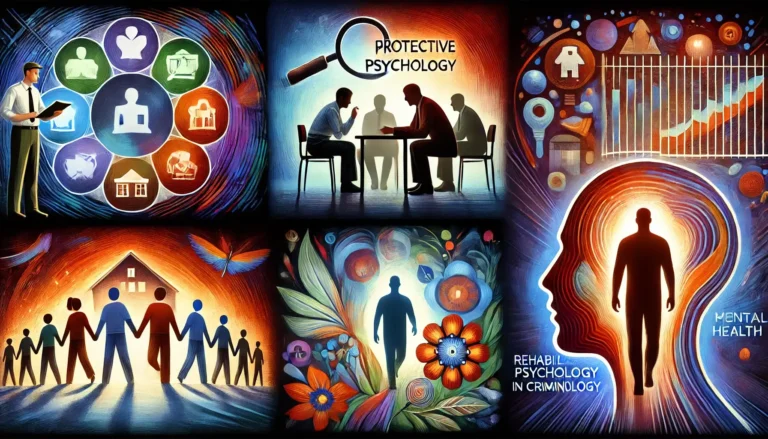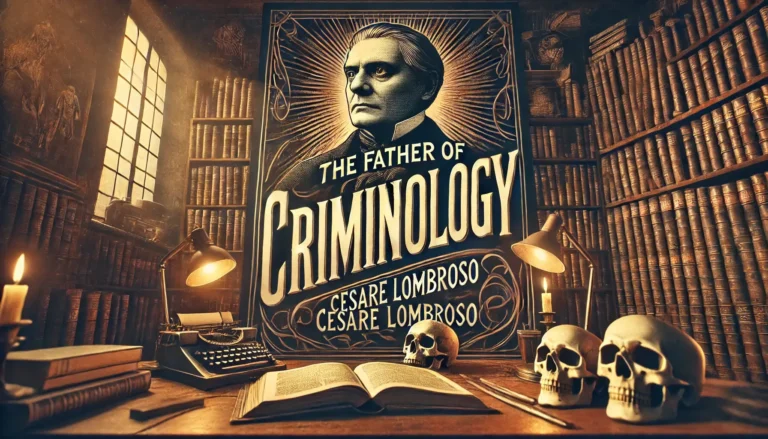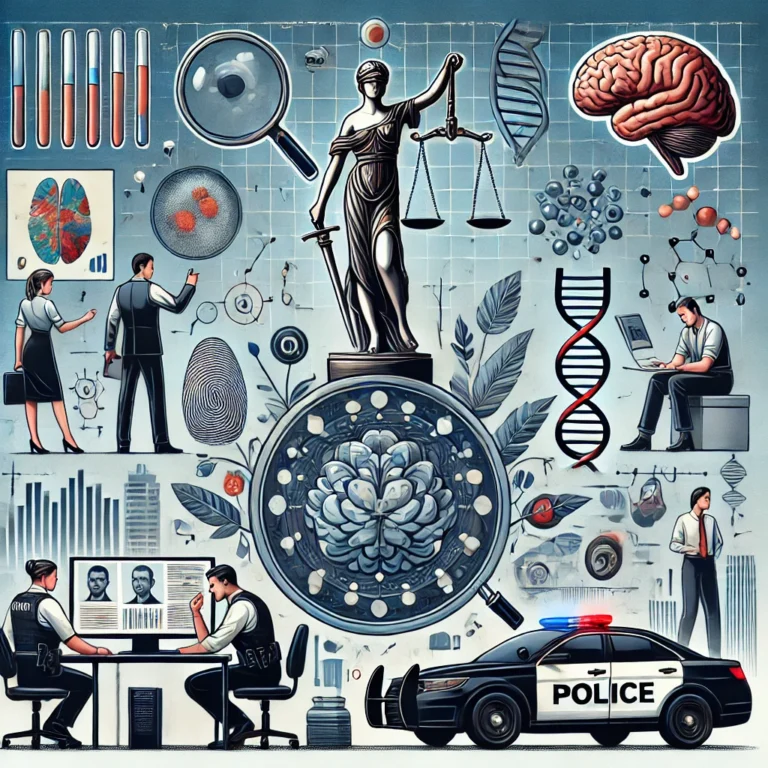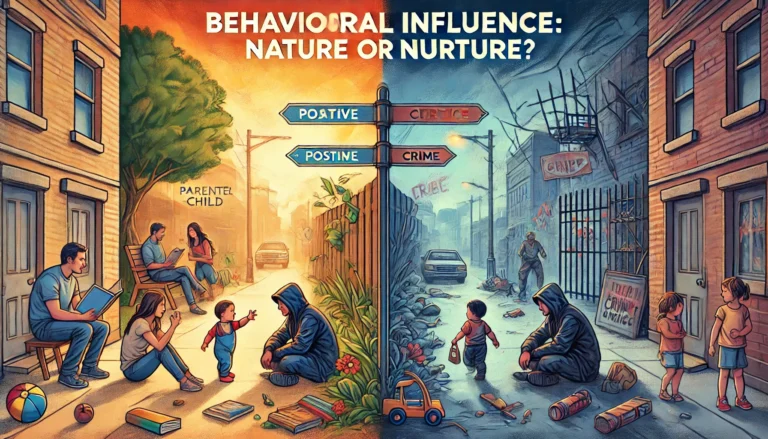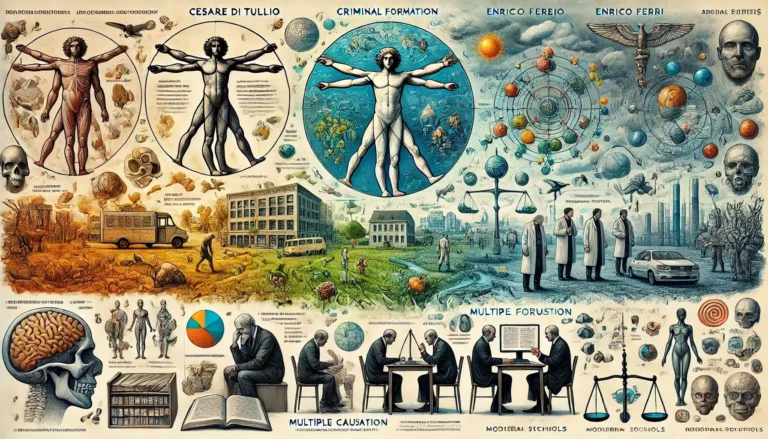The Psychoanalytic School: Understanding Crime Through Psychology
The Psychoanalytic School of criminology offers a profound exploration of criminal behavior through the principles of psychoanalysis. This school, inspired by the theories of Sigmund Freud and expanded upon by subsequent psychologists, examines the unconscious mind’s role in shaping human actions, including criminality. By focusing on internal conflicts, early childhood experiences, and psychological development, the Psychoanalytic School provides a unique perspective on crime and its prevention.
Origins of the Psychoanalytic School
The Psychoanalytic School’s foundation lies in Sigmund Freud’s pioneering work in the late 19th and early 20th centuries. Freud’s theories on the structure of the mind—comprising the id, ego, and superego—form the cornerstone of psychoanalytic thought. These components interact to govern behavior, with the id representing primal instincts, the ego mediating reality, and the superego embodying moral standards.
Freud posited that unresolved conflicts within these components could manifest as deviant behavior. For instance, an overactive id might drive impulsive actions, while an overly rigid superego could lead to suppressed emotions and eventual outbursts. The Psychoanalytic School applies these concepts to criminology, suggesting that criminal acts often stem from unconscious conflicts and unmet psychological needs.
Key Concepts in Psychoanalytic Criminology
The Psychoanalytic School explores several critical concepts to understand criminal behavior:
- Unconscious Mind: The unconscious mind stores repressed memories, desires, and emotions. Criminal behavior may emerge as an expression of these repressed elements, seeking resolution or release.
- Defense Mechanisms: Individuals use defense mechanisms like denial, projection, or rationalization to cope with internal conflicts. In some cases, these mechanisms can contribute to criminal behavior. For example, projection may lead an individual to attribute their own aggressive impulses to others, justifying violent actions.
- Childhood Experiences: Early relationships with caregivers profoundly influence psychological development. Traumatic experiences or dysfunctional family dynamics can result in maladaptive behaviors, increasing the likelihood of criminality.
- Fixation and Regression: Freud’s theory of psychosexual development outlines stages—oral, anal, phallic, latent, and genital—that individuals pass through. Fixation or regression to earlier stages may lead to behaviors associated with those stages, including criminal tendencies.
Applications in Criminology
The Psychoanalytic School’s principles have been applied to various aspects of criminology, including:
- Criminal Profiling: Psychoanalytic theories help create detailed psychological profiles of offenders by examining unconscious motives and childhood influences.
- Rehabilitation Programs: Therapeutic approaches, such as psychoanalysis or psychotherapy, aim to address underlying psychological conflicts and reduce recidivism.
- Understanding Violent Crimes: Crimes of passion, serial killings, and other violent acts often reveal deep-seated psychological issues. Analyzing these cases through a psychoanalytic lens can uncover the root causes.
- Juvenile Delinquency: Psychoanalysis sheds light on the impact of early experiences on young offenders, helping design interventions that address their psychological needs.
Criticisms and Limitations
While the Psychoanalytic School offers valuable insights, it is not without criticism:
- Subjectivity: Psychoanalytic interpretations rely heavily on subjective analysis, making them difficult to quantify or verify empirically.
- Lack of Scientific Rigor: Critics argue that psychoanalysis lacks the empirical foundation necessary for scientific validation, limiting its credibility in modern criminology.
- Overemphasis on Childhood: The focus on early experiences may overlook other significant factors, such as socioeconomic conditions, peer influences, and cultural contexts.
- Time-Intensive Therapy: Psychoanalytic therapy requires extensive time and resources, making it less practical for widespread application in criminal justice systems.
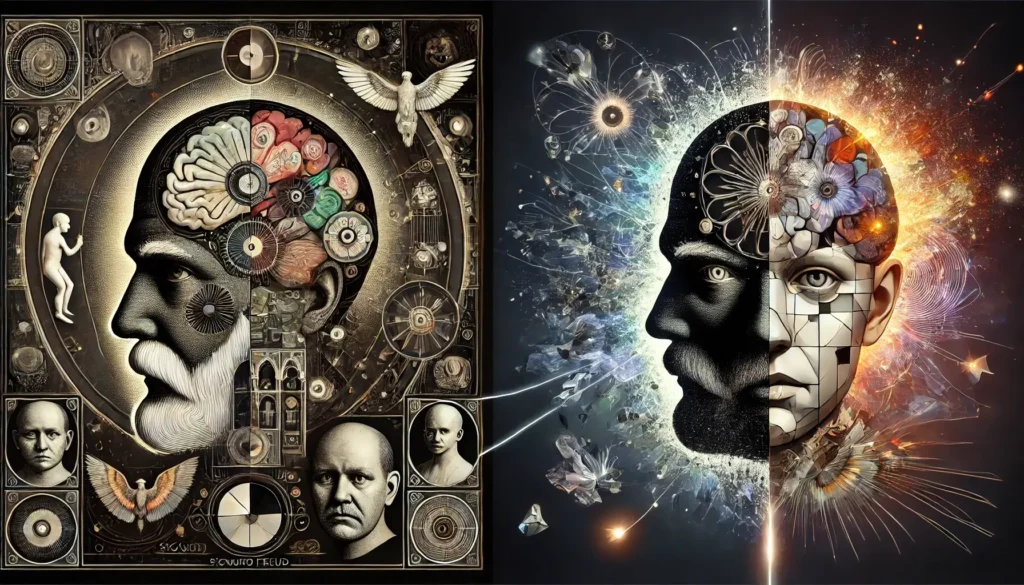
Modern Relevance and Integrations
Despite its limitations, the Psychoanalytic School continues to influence contemporary criminology. Its principles are often integrated with other psychological and sociological theories to provide a more comprehensive understanding of criminal behavior. For instance:
- Attachment Theory: Building on psychoanalytic ideas, attachment theory explores how early bonds with caregivers affect emotional regulation and social relationships.
- Trauma-Informed Care: Recognizing the impact of trauma on behavior, modern approaches incorporate psychoanalytic insights into interventions for offenders.
- Forensic Psychology: Psychoanalytic principles inform forensic assessments, aiding in evaluations of competency, risk, and motivation.
Case Studies
- The Case of Ted Bundy: Ted Bundy’s criminal behavior has been analyzed through a psychoanalytic lens, highlighting potential unresolved conflicts, narcissistic tendencies, and a traumatic childhood.
- Juvenile Rehabilitation Programs: Programs focusing on therapy and emotional support for young offenders often draw on psychoanalytic concepts, addressing the root causes of delinquent behavior.
Conclusion
The Psychoanalytic School provides a unique and profound perspective on criminology, emphasizing the unconscious mind’s role in shaping criminal behavior. While it faces criticisms for its subjectivity and lack of empirical rigor, its integration with modern theories and practices ensures its continued relevance. By addressing the psychological roots of crime, the Psychoanalytic School contributes to a deeper understanding of criminality and offers valuable tools for prevention and rehabilitation.


